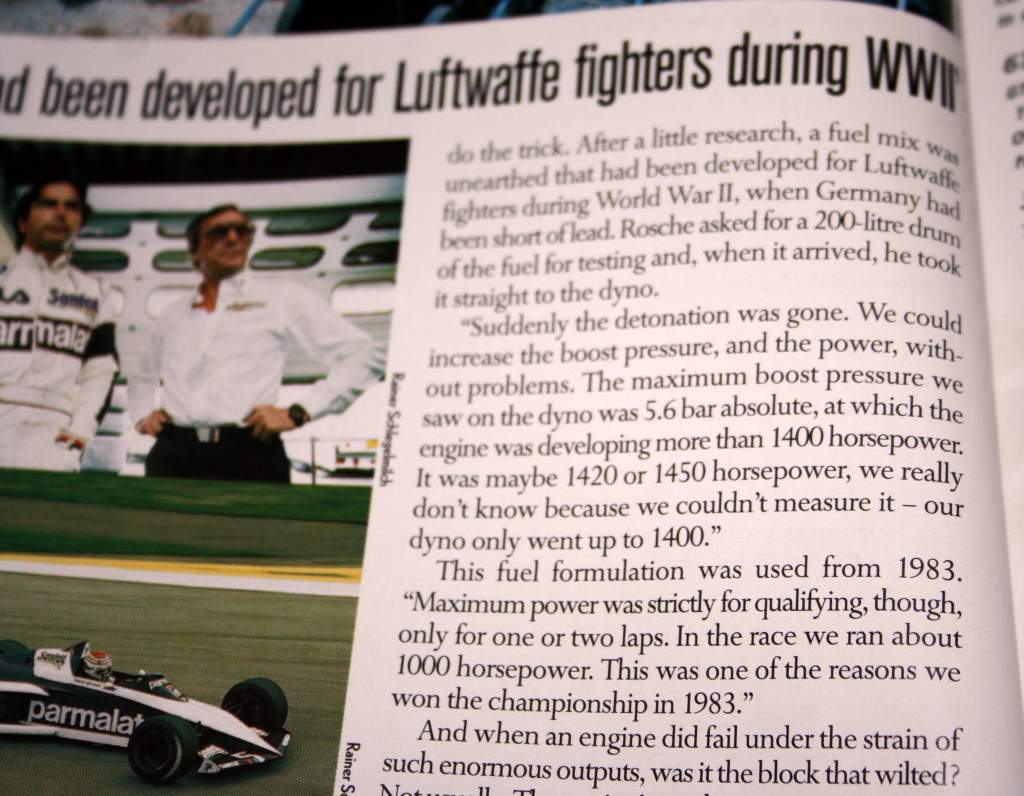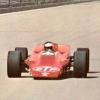Originally posted by Bill Sherwood
The article I read said the dyno went to 1450hp, and the engine made a touch more than that.
If the dyno registers to 1450, that means the brake is validated to that value, absolute maximum capacity. Above that value the engine may well be making less power because the brake is giving up.
My problem with 1450 hp from 91 CID is the BMEP required, do the math. My seat-of-the-pants reflection upon that number is maybe that could happen, for one-half to one pull. After that a ring land will collapse or a connecting rod will come out to have a look around. That is not real on-the-track horsepower. That is just a number found on a dyno. Is it "true"? Sure, why not, but it doesn't mean anything. It's just an interesting data point, like how loud was the noise a second later.
At the end of the day a dyno is just a big resistance unit you are throwing the engine against. All kinds of things can happen once or for a split second but that is not valid dynomometer testing. The purpose is to reproduce what the engine can do on a road or track.
This reminds me of a story I am sure I have bored you nice folks with before. Years ago some guys in LA found an old marine dyno and had lashed it up to a Top Fuel engine. When they were almost ready to fire up they called fuel motor guru Keith Black and asked if he would like to come over and watch. He said, "Hell no, I'm too close now," and hung up.




























